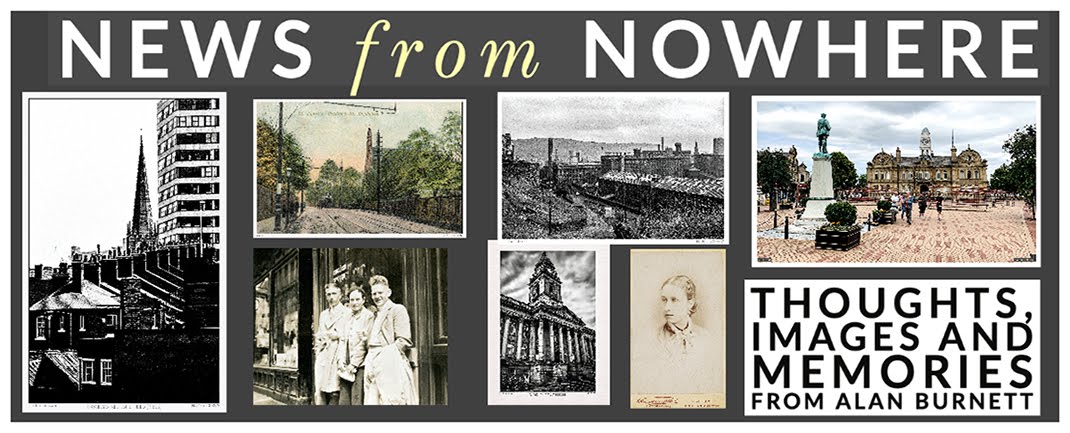The "Beast From The East" has finally arrived, after more media fanfare and frenzy than preceded the threatened entry of Hannibal's elephants into Rome. It must be said that the forecasters have got it right; there is snow on the ground and it is a little chilly out of doors. Whether this "extreme" weather justifies the hour upon frosty hour of news coverage it has received in recent days, is quite another question.
On our walk this morning, LucyDog, found the conditions entertaining enough, mistaking the layer of fresh snow for icing sugar.
Huddersfield Golf Course is just down the road and I was intrigued to find a newspaper report from 1909 which told of a similar blizzard back in 1909. The golfers of those times were obviously a hardy breed, and a little snow didn't keep them in the clubhouse.
"The snow was thick on the links, and sleet was falling, as the players drove from the first tee. The wet snow caked in lumps and clung to the boots of the players. This led to an unexpected incident at the seventh hole in the match of Ray and Hayles against Beck and Cassidy. The caddie of the last named player was wearing heavy wooden clogs, and the snow caked on the soles to the thickness of three or four inches. At the seventh hole, the ball played by Cassidy and Beck, which was painted blue, could not be found. The spectators, players and caddies wandered about in search of the lost ball for some minutes, and eventually the caddie with the clogs, kicked the gathered snow off, and the lost ball was discovered firmly embedded in the snow, which was clung to his clogs. The hole, of course, was lost through this extraordinary incident".
Just in case you are tempted to take comfort from the fact that these century-old incidents took place in January, and we must now be seeing the last throws of the winter, I also came across this headline from 1911. It would seem that the "Beast From The East" has visited these parts before.





























